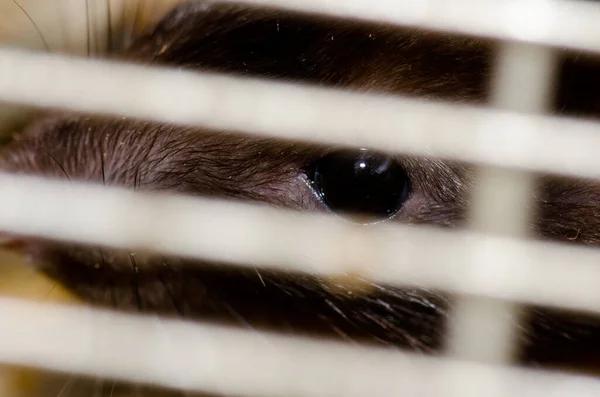Sewer rats, also known as Norway Rats or Brown Rats, are a common sight in urban and suburban areas worldwide. They thrive in environments abundant in food and water sources, such as sewers, making them frequent unwelcome visitors to homes and businesses. These rodents pose significant health hazards that often go unnoticed until it’s too late.
One of the primary concerns with sewer rats is their potential to transmit diseases. As they travel through sewers and garbage, they pick up various pathogens which can be harmful to humans. These pests carry bacteria like Salmonella and Leptospira that cause severe food poisoning and leptospirosis respectively when humans come into contact with rat feces or urine. They are also Rats as carriers of dangerous parasites like fleas which were responsible for spreading the Bubonic Plague in the Middle Ages.
In addition to carrying disease-causing organisms themselves, sewer rats can attract other pests such as ticks and mites into homes or businesses. These secondary pests may carry additional diseases like Lyme disease or Typhus fever thereby compounding the health risks associated with rat infestations.
Furthermore, sewer rats have a habit of gnawing on almost anything they come across due to their ever-growing incisors. This behavior poses serious threats to property safety as well as human health. For instance, if these rodents chew through electrical wires it could lead to fires; gnawing on pipes could result in leaks leading to structural damage; chewing through food packages contaminates stored goods making them unfit for consumption.
The presence of sewer rats can also trigger allergic reactions among some individuals. Rat droppings, urine, dander (dead skin), hair particles are all potent allergens that can cause symptoms ranging from mild irritation (itchy eyes/skin) to severe respiratory distress especially among people with pre-existing conditions such as asthma.
Moreover, these vermin breed rapidly creating large colonies within no time if left unchecked. This rapid increase in rat population not only aggravates the health risks but also escalates the costs associated with their extermination and subsequent repair of any damage caused.
In conclusion, sewer rats pose a serious health hazard to both homes and businesses. Their potential to transmit diseases, attract other pests, cause structural damage, trigger allergies and rapidly multiply make them a threat that cannot be ignored. It is therefore crucial for homeowners and business operators to take proactive measures such as regular pest control inspections and maintaining sanitary conditions to prevent these unwelcome guests from taking up residence in our living or working spaces.




